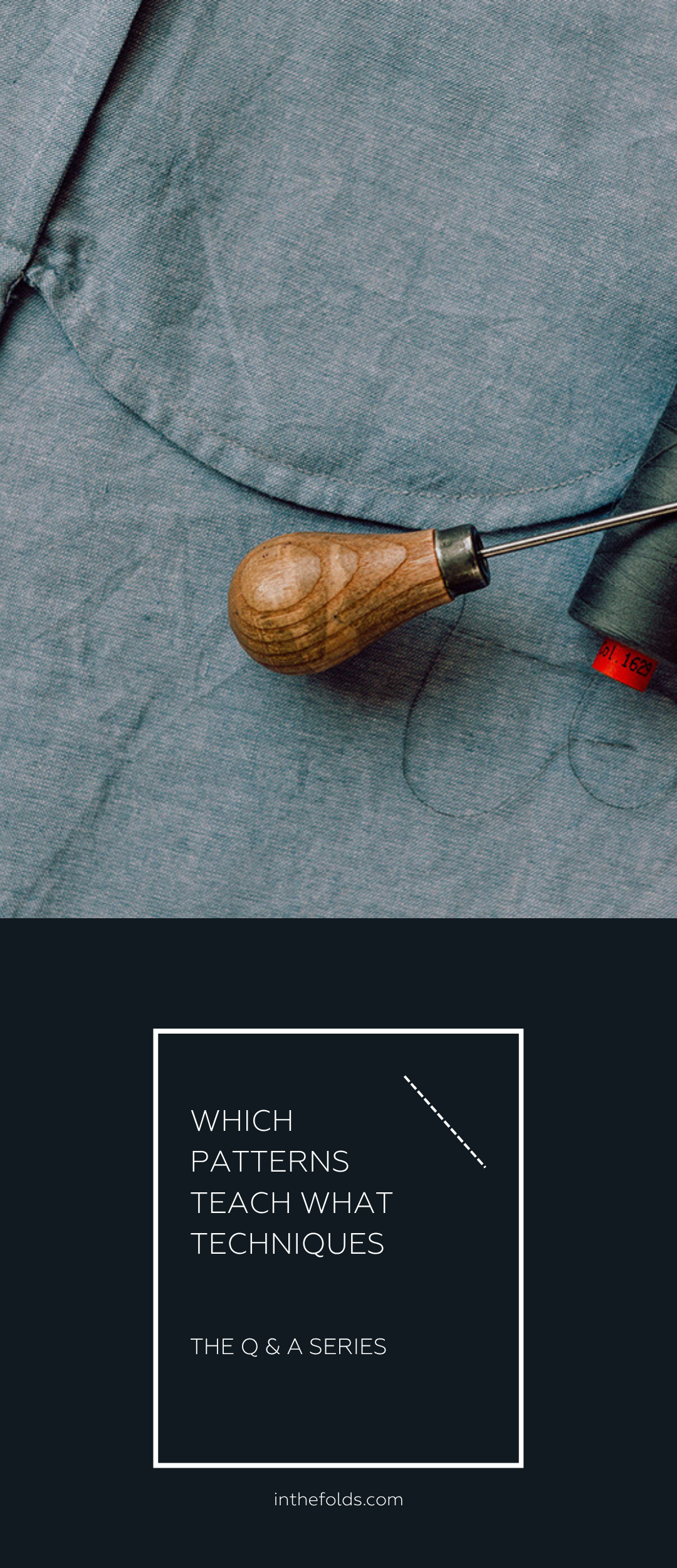THE Q & A SERIES
HOW TO CHOOSE LINING FABRIC FOR GARMENTS
Hi Emily,
Thank you for your Q&A series - it is so informative and a great platform for learning, especially for a beginner like myself.
I am planning to make a summer dress using a sheer polyester fashion/main fabric, and was wondering if it is OK to use lightweight cotton/silk chiffon as the lining fabric? I am not sure if using synthetic and natural fabrics together is going to cause issues in the finished garment.
Many thanks,
Joanne
Hi Joanne,
This is an interesting question. Normally when thinking about fabric and lining combinations we would be thinking about the silk or cotton being the main fabric and the polyester being the lining (which is very common). In this case, where the polyester is the outer and the silk or cotton is the lining, it will depend on the weights of the fabric and the garment you are lining.
Things to consider when selecting lining fabrics
The best fabrics for linings depend on the purpose and type of garment being lined. Key factors include the drape, weight, breathability, and durability of the fabric.
When selecting a lining fabric, consider the main fabric of the garment, the intended use, and the desired comfort and appearance. For instance, a summer dress may benefit from a lightweight, breathable cotton lining, while a winter coat might require a warmer, more substantial acetate or polyester lining.
In fabric stores you will see specific lining fabrics, which are a good option, but you don’t need to be limited by these options if you would prefer to use a fashion fabric.
It is important to choose a lining fabric that is compatible to the outer fabric in terms of care instructions so that the garment can be laundered easily.
It is best to choose a lining fabric that is:
Smooth
Tightly woven
Opaque
Slippery (Although not absolutely imperative, a slippery fabric will make the garment easy to put on and take off and will reduce stress and friction on the lining. This is particularly important for coats, jackets and skirts, while it’s likely not a problem for a dress.)
You may also like to consider whether the fabric will crease easily or not. Natural fibres such as cotton and rayon have good breathability but will likely crease easily. Polyester linings don’t crease easily but can be hot and cause you to sweat.
SHOULD YOU MIX SYNTHETIC AND NATURAL FABRICS WHEN LINING A GARMENT?
Mixing synthetic and natural fabrics, like polyester with cotton or silk chiffon, is an option, but there are a few things to keep in mind.
Polyester is less breathable than natural fabrics like cotton or silk, so while the chiffon lining can improve comfort, you might still notice some differences in how the fabrics handle moisture and air flow.
Synthetic fabrics often have less give than cotton or silk, which may result in the fabrics pulling or behaving differently over time. If your outer fabric has some stretch, make sure the lining fabric accommodates that movement.
Polyester is prone to static electricity, which could cause the fabrics to cling to each other. Being natural fibres, silk and cotton may help reduce this, but it's something to keep in mind.
You might need to adjust the care routine for the finished dress. Polyester can generally handle machine washing, but silk or cotton chiffon will likely need more delicate care, like hand washing or dry cleaning.
If these factors work for you, the combination of a sheer polyester outer with a natural chiffon lining can create a beautiful, flowing dress perfect for summer.
If it’s a fitted garment, I’d be hesitant to mix the polyester outer with the natural lining as the natural fibres may stretch more than the outer when worn and cause some issues. If it’s a more floaty style I would be less worried about it. Another thing to think about is the amount of give in the two fabrics. I’d be holding them side by side and having a feel - how do they drape, how do they stretch on the crossgrain and the bias? Is it similar?
I hope this helps you on your lining adventure! And if you’re interested in learning more about sewing linings, take a look at our latest skill-building series, the Drafting linings Skills Kit and the Sewing linings Skills Kit.
Happy sewing,
Emily
RESOURCES MENTIONED IN THIS ISSUE
More information about our Curated by ITF subscription can be found here. Sign up during the month of September to get part one of our Sewing Linings Series, the Drafting linings Skills Kit, delivered straight to your inbox.
For more issues of the Q & A series, you can check out the archive here.
WHAT YOU’VE BEEN MAKING
Rushcutter dress made by @commesew_commeca
Collins top made by @unpo.dappertutto






